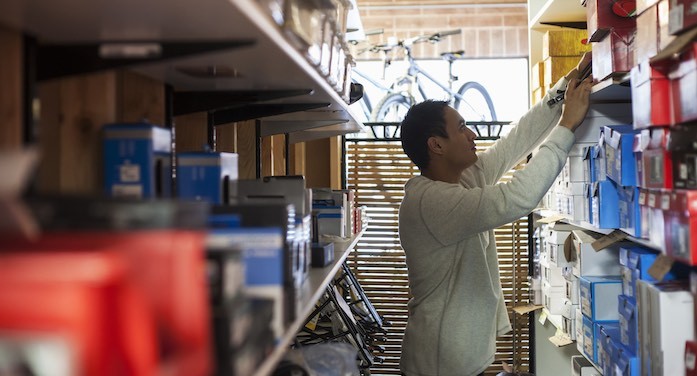How periodic inventory systems work
Periodic inventory systems start by taking a physical inventory count at the beginning of a specific period. Aside from this initial record, no other updates are made to the inventory ledger until the next period.
If a business acquires any additional inventory, it is listed under the purchases account in a general ledger.
At the end of every period, the purchases account total is added to the beginning inventory. This amount equals the cost of inventory or cost of goods available for sale.
Beginning inventory + Purchases = Cost of goods available for sale
Take, for example, a business with a beginning inventory of $150,000. If its purchases account total is $100,000, the cost of goods available for sale is $250,000 for the given period.
A physical inventory count is also done to determine the period’s ending inventory balance during this time. The amount of ending inventory is then carried over as the next period’s beginning inventory.
The exact ending or closing inventory depends on the valuation method used by the business. For example, first-in, first-out (FIFO) will assume the first items bought were the first items sold, and the ending inventory includes the most recently purchased items. Its counterpart, last-in, first-out (LIFO), assumes the opposite and calculates ending inventory using the first items purchased.
Whichever method a business applies, the ending inventory is then subtracted from the cost of goods available for sale to arrive at the total cost of goods sold (COGS).
Cost of goods available for sale – Ending inventory = Cost of goods sold (COGS)
Continuing from the above example, if the business has an ending inventory of $50,000, its COGS is $200,000 for the period.














